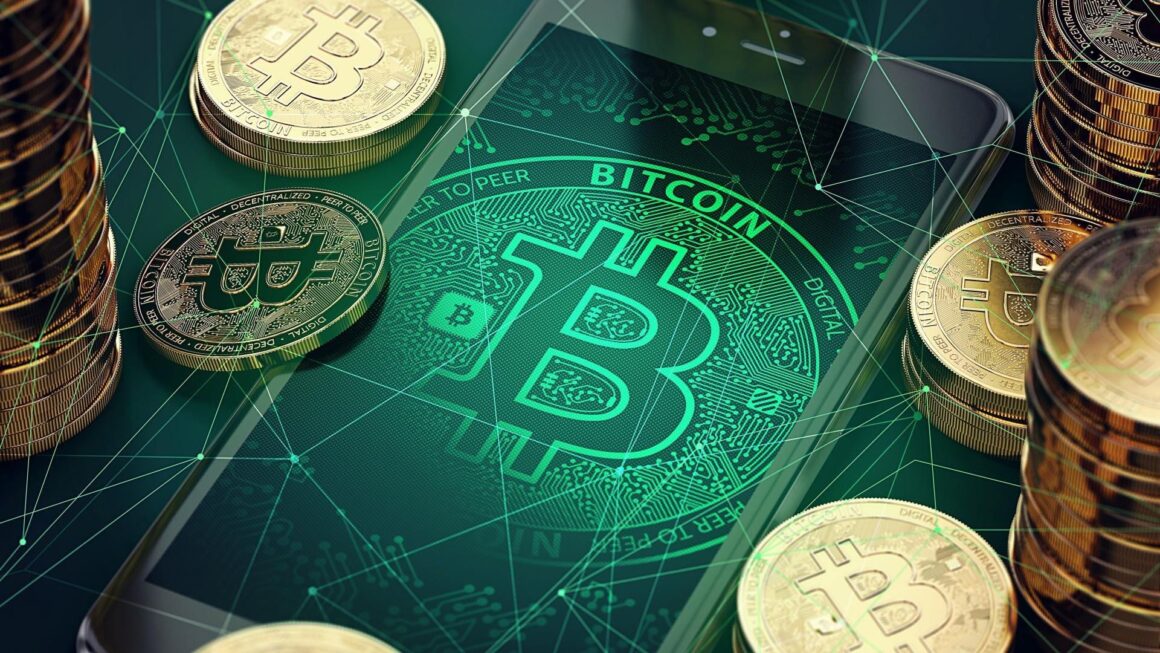If you follow crypto even casually, you’ve likely searched for the Bitcoin price USD at some point. Priced against the US dollar, Bitcoin remains the most widely recognised and traded cryptocurrency in the world.
But there’s more to BTC’s USD value than just supply and demand. It’s also a reflection of global investor sentiment, macroeconomic trends, and evolving regulation. Understanding how BTC behaves in dollar terms can offer powerful insight for when you’re trading, investing, or simply staying informed.
Why BTC is Measured in USD

While Bitcoin is traded against hundreds of fiat and crypto pairs, USD remains the benchmark. It’s the world’s reserve currency, the most liquid trading pair in crypto, and the primary reference point for institutions and global exchanges.
As a result, the Bitcoin price USD pairing offers the clearest, most consistent picture of BTC’s global value. Changes in this rate often lead sentiment, drive altcoin movements, and influence investment strategies.
For retail and professional investors alike, this pairing serves as a core metric used for everything from risk management to long-term value projection.
Factors Driving the BTC/USD Rate
Bitcoin’s value against the dollar moves in response to several key drivers. First, there’s the natural supply dynamic – BTC’s fixed cap of 21 million coins [link] creates long-term scarcity. Every four years, Bitcoin undergoes a halving event, reducing the number of new coins introduced into circulation. This supply shock has historically been followed by periods of upward price movement.
On the demand side, both institutional and retail investors have played significant roles in recent years. Institutional interest has surged thanks to growing legitimacy, the introduction of Bitcoin ETFs, and adoption by asset managers. These developments increase buying pressure on the BTC/USD pair, especially during periods of financial uncertainty.
Then there’s the macro picture. Inflation concerns, interest rate hikes, and a weakening or strengthening dollar can all impact Bitcoin’s price. In periods of dollar debasement or economic instability, BTC is sometimes viewed as a hedge, driving higher demand and stronger prices in USD terms.
How to Convert Bitcoin to USD Easily and Accurately

If you’re looking to convert BTC into dollars or a stablecoin equivalent, the Bitcoin to USD converter on Bybit gives you real-time rates and seamless swaps without the complexity of an exchange order book.
Bybit’s tool is ideal for both beginners and advanced users. You can:
- Instantly check the live BTC/USD rate
- Convert to USDT or other stable assets
- Lock in values without worrying about slippage or low liquidity
This makes it perfect for moments when speed and accuracy are essential.
What’s Ahead for BTC/USD?

The future of the Bitcoin price USD rate will depend on several converging forces. Regulatory clarity in the United States remains one of the biggest wildcard factors. Should the government adopt clear, favourable policies around Bitcoin ownership, taxation, and ETF approvals, investor confidence could surge.
Meanwhile, the adoption of Bitcoin for payments – particularly via solutions like the Lightning Network – could expand BTC’s role beyond a store of value. If more businesses, governments, or fintech platforms begin using Bitcoin as a medium of exchange, that utility would further support its USD value.
Finally, as Bitcoin becomes more integrated into traditional finance, the BTC/USD pair could start behaving more like established assets, less reactive to speculation, and more aligned with broader economic conditions.
Final Thought
Tracking the Bitcoin price USD is about understanding the pulse of an entire financial movement. For instant, trusted, real-time data and easy conversions, the Bybit BTC to USD converter is a reliable starting point.


